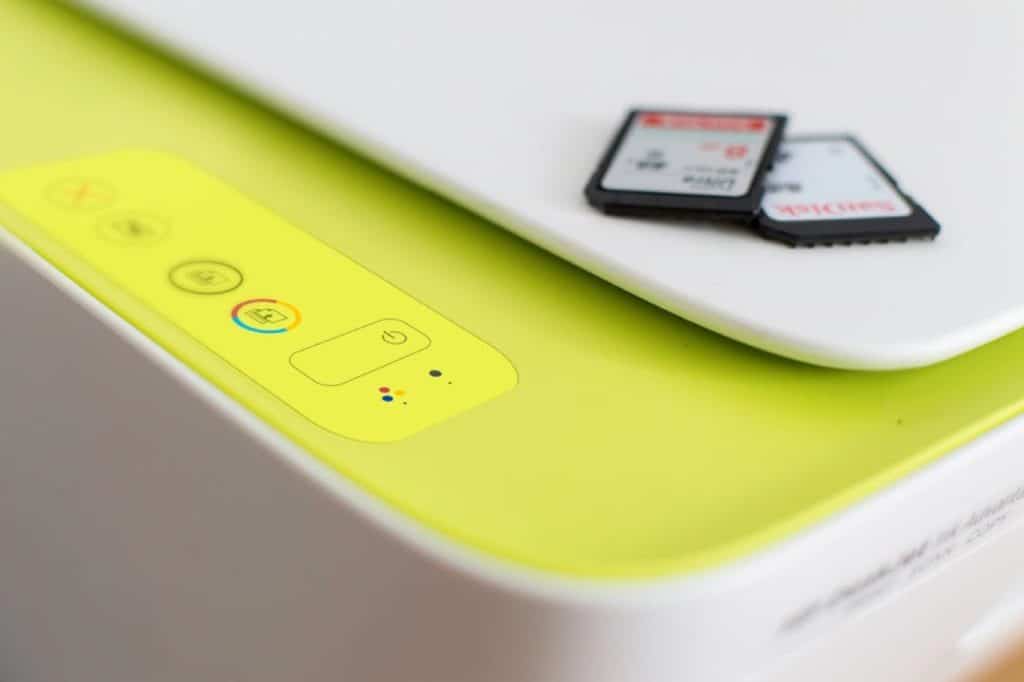When starting a business, there are a lot of moving parts to consider. As a result, it’s understandable that purchasing printing equipment might get put on the back burner.
Depending on your business, you might be able to get by with a cheap printer. However, as your business scales and grows or if you have specific compliance or design needs, it’s a consideration that merits a lot of thought.
Here are five considerations when buying printing equipment for your business.
Do You Have Specialized Printing Requirements?
The first consideration when choosing a printer is what your business needs. An entrepreneur who will occasionally need to print some contracts will have vastly different requirements from someone printing marketing materials or shipping equipment.
If you are shipping items or exporting anything across international borders, you must know the labeling regulations required to do so. For example, perishables need special food-safe and temperature-proof labels. Certain items might require lot numbers and a clear chain of custody details.
The same careful consideration applies if you’ll be handling high-quality printed materials for yourself or clients.
Accessibility to Ink and Toner
When purchasing printing equipment, it’s not just the cost and functionality of the printer that matters— it’s access to replacement ink and parts. Ensuring that you pick a printer that has compatible ink and toner for a reasonable cost is essential for long-term printing.
In addition to evaluating the accessibility and affordability of ink and toner, it’s also worth assessing the support network put in place. Read reviews and determine whether you’ll be able to troubleshoot your printing problems quickly and efficiently or if you’ll be treated like a number with minimal customer service.
Model Durability and Use
When choosing printing equipment, it’s crucial to accurately estimate how much it will get used. Printing paper is similar to putting miles on a car— the more you use it, the more wear and tear it will experience.
In the printing world, this is known as the duty cycle. The duty cycle determines how many pieces of paper will be run through the printer each month. Having an accurate estimate will help you mitigate wear and tear by choosing a model that can handle the output you require.
The Functionality of the Device
It’s essential to consider the functionality of the device. Would it be best to purchase a single-function printer or something with the ability to copy, scan, fax, etc.?
For example, if you own a software training business, you might need to print and bind training booklets. Having a printer that can also bind documents as it prints is an investment that could save you a lot of time and money.
With remote work and global teams on the rise, it’s also vital to consider connectivity. Being able to print via Wi-Fi is a must if you and your employees operate from laptops.
When considering single-function versus multi-function printers, be realistic. More functionality means a higher upfront cost, which isn’t necessary for most entrepreneurs. It also means that more moving parts can break on your printer over time.
Printing Speed
Printing speed is measured in pages per minute (PPM) and can be a deal-breaker when choosing a printer. If you’re an entrepreneur who will only be printing intermittently, printing speed isn’t much of a concern. However, if you have a large team that prints often or you print a lot of materials for clients, efficiency matters.
While modern inkjet printers are a lot faster than the dot matrix printers of the past, laserjets tend to be much quicker. Keep that in mind when looking for a high-volume printer.
Printers can be a significant investment for your business. Take some time to think it through, weigh the pros and cons, and read the reviews before making a decision.





